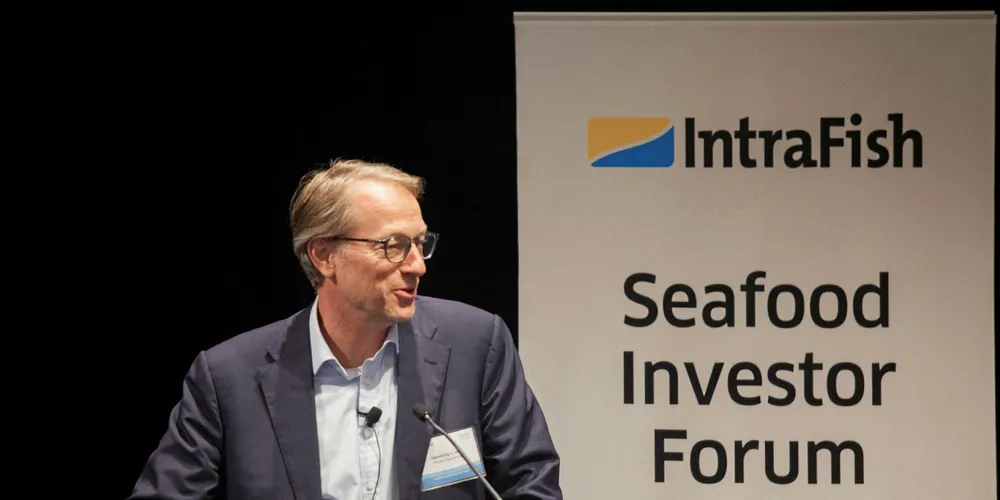Pareto outlines key success factors for land-based salmon farming
Main success factors are: management and operational experience, exec tells attendees at the NYC Seafood Investor Forum.

Main success factors are: management and operational experience, exec tells attendees at the NYC Seafood Investor Forum.
